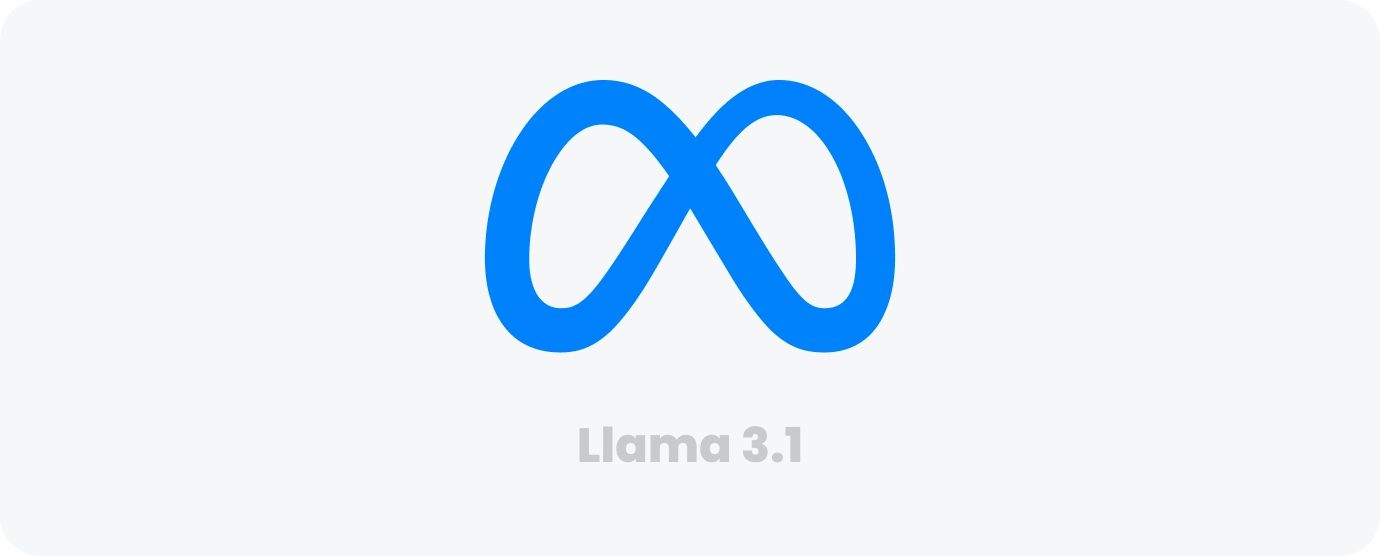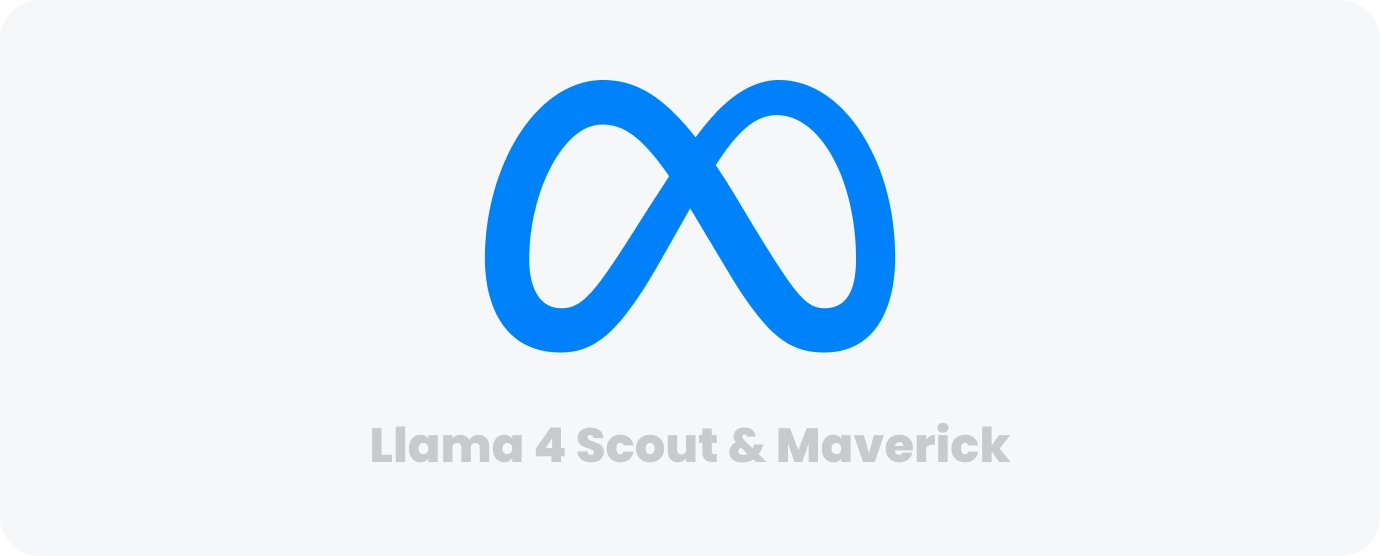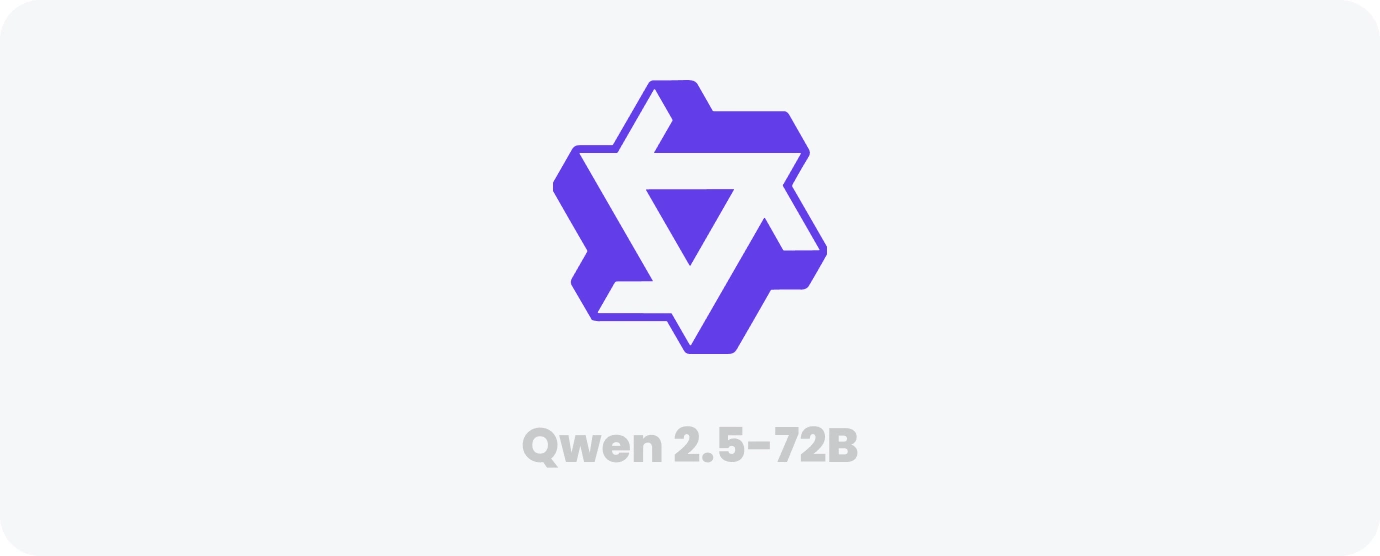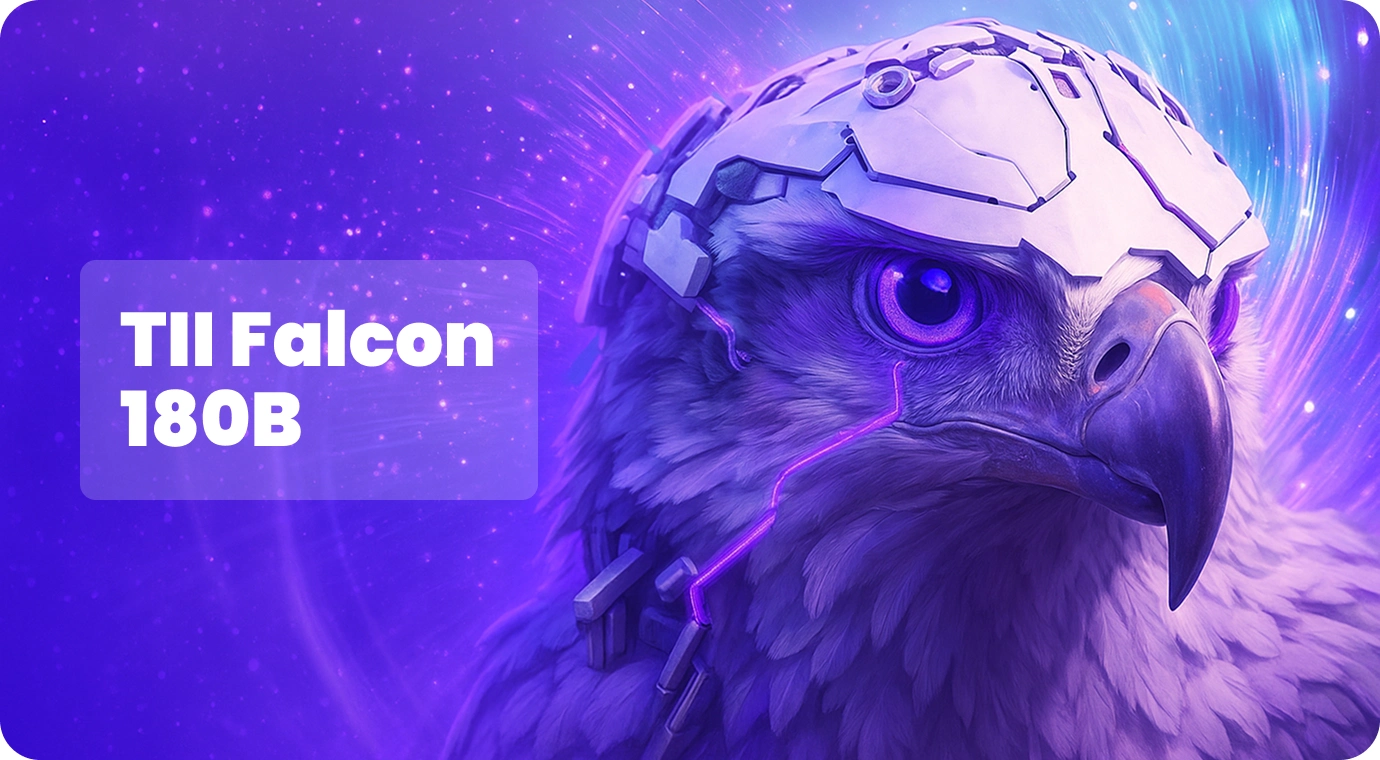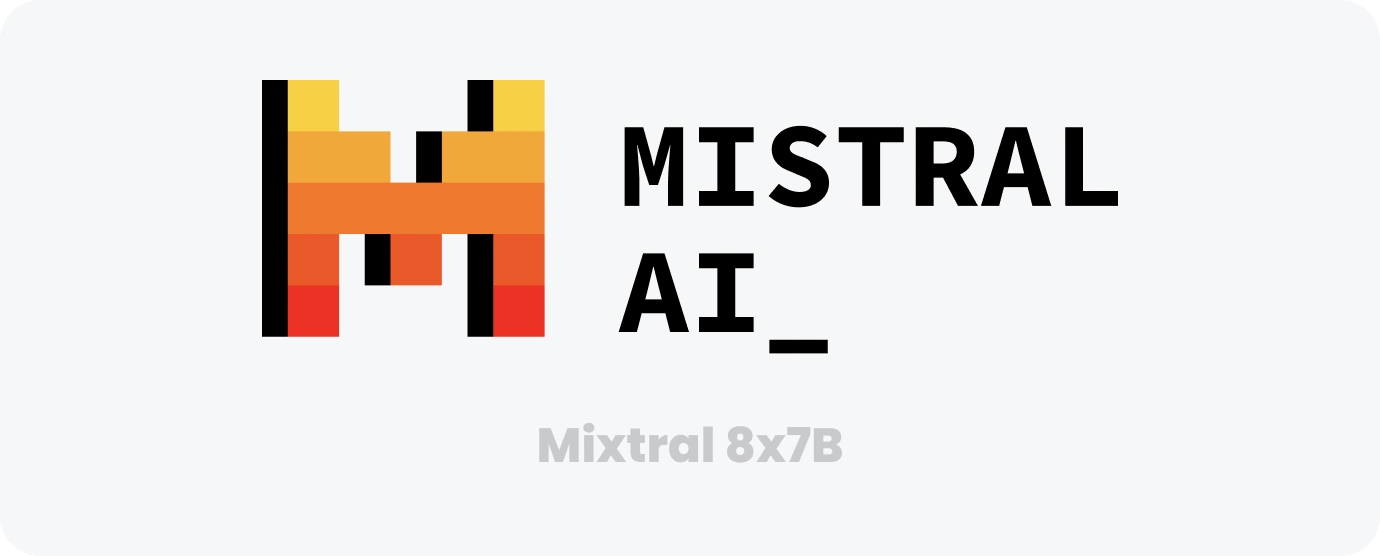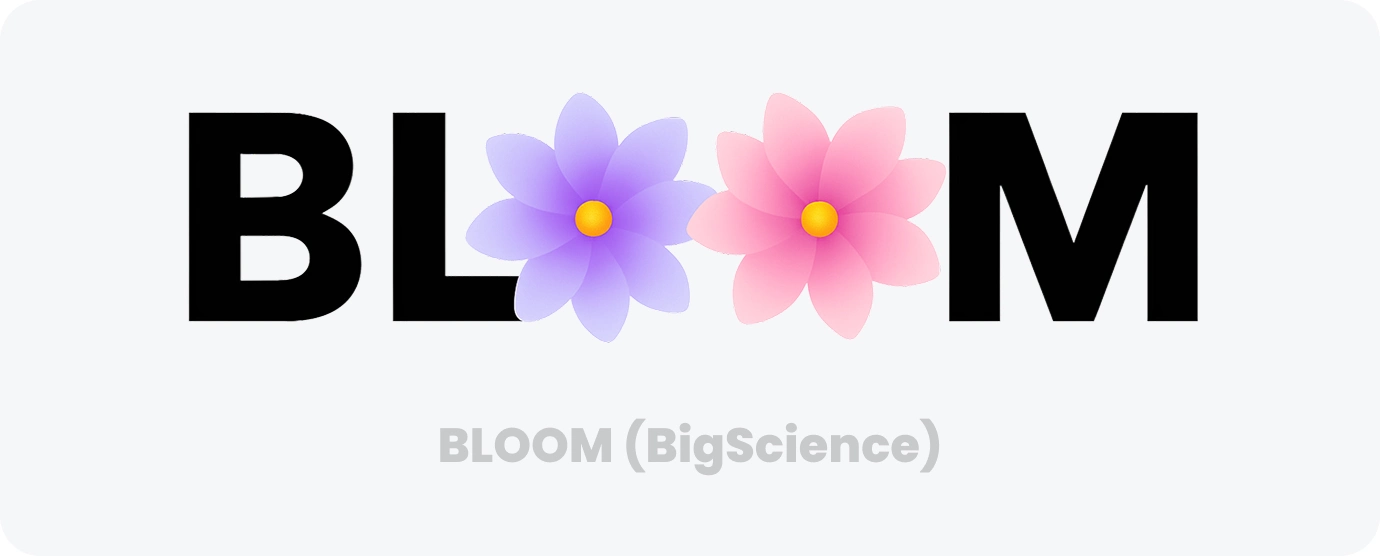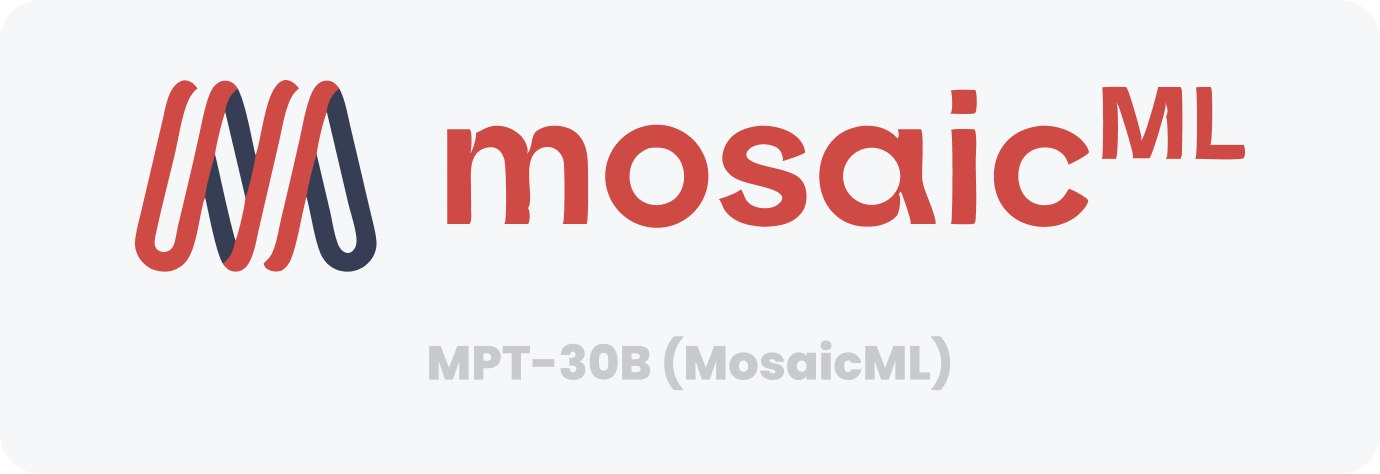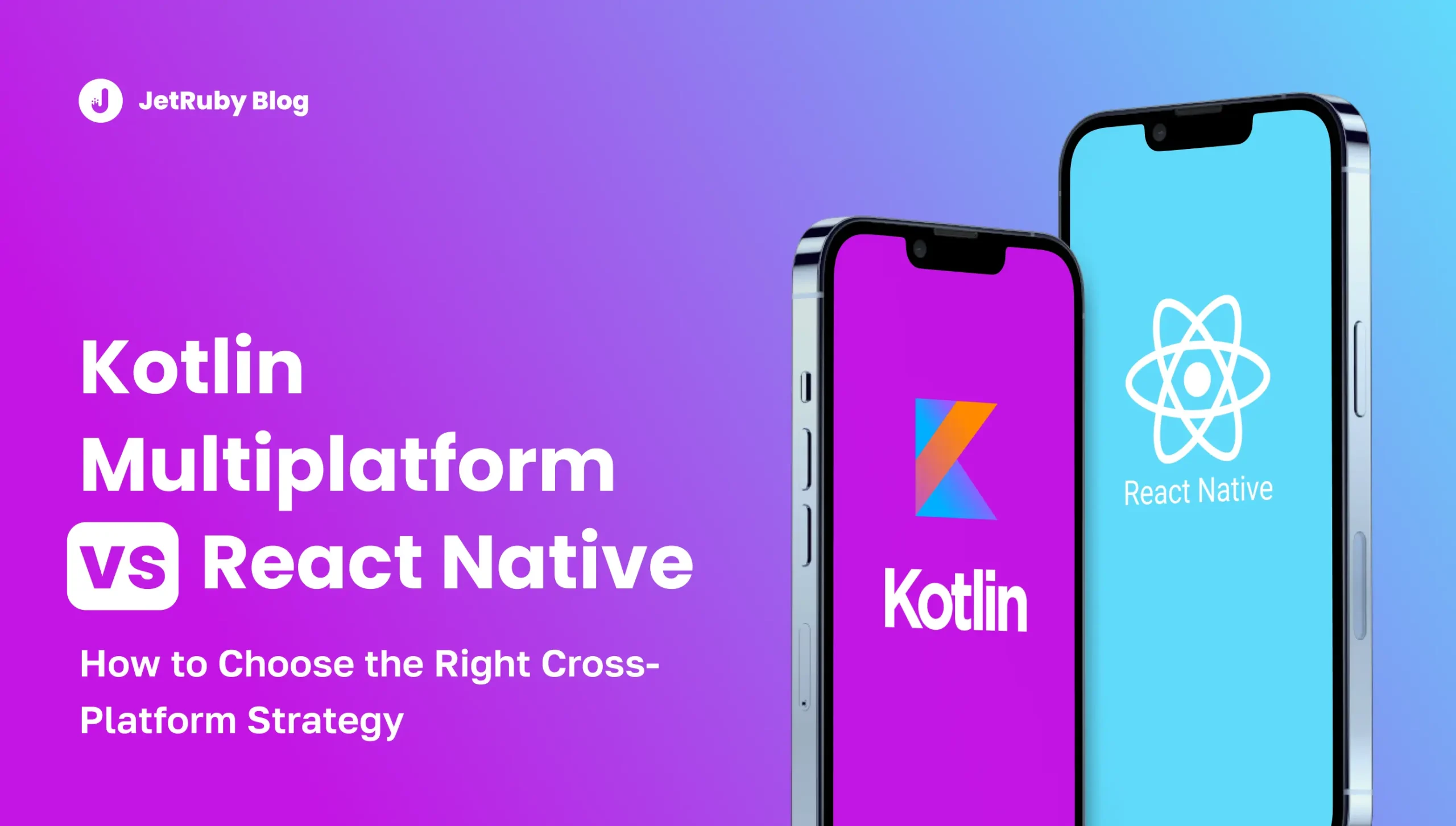Table of Contents
Large Language Models (LLMs) are AI systems that consume vast text sets and then write or read like a person, a process detailed in our guide to understanding AI training data.
According to the McKinsey “Open source technology in the age of AI” report, 50% of respondents indicated they use open source tools for data, models, and other tech stack areas.
Technical skills and experience affect how people use open source. The technology, media, and telecommunications sectors have the highest usage at 70%. Experienced AI developers are 40% more likely to use open source tools.
Among the most popular LLMs, teams rely on these AI systems for chatbots, translation tools, and content drafting.
Open-source LLMs allow teams to inspect and adjust the model until it meets target metrics.
Open weights remove vendor lock-in and trim license fees. Companies can tailor the model for healthcare or legal text and keep every industry rule intact.
Cutting costs, protecting data, and creating AI that actually meets your needs… sounds like a corporate dream, right?
But it’s now a reality.
Companies now use open-source LLMs instead of expensive, one-size-fits-all AI. And here’s how they’re winning:
- Self-hosted models like Mistral 7B lower API costs, freeing up budget for other needs.
- Open-source LLMs enhance data security by keeping sensitive information within the organization and building customer trust.
- Different open LLMs allow businesses to customize models for specific tasks, like creating tailored customer support chatbots, improving efficiency, and user experience.
In this article, we’ll discuss the Best 8 LLMs of 2025 that are changing software development, offering LLM solutions with the accuracy and flexibility your projects need.
Let’s explore the latest LLM examples shaping the future of coding.
Key Takeaways
- Llama 3-405B features a context window of 128,000 tokens. The 405B model is the most extensive open-source ‘dense’ language model available.
- Meta’s newest Llama 4 series — an advanced AI that works with text and images, helping teams manage complex documents and streamline workflows.
- Mistral’s Pixtral 12B deciphers charts and PDFs — think faster financial reports or medical diagnoses. The Mixtral 8 22B, released in April 2024, further improves accuracy and performance.
- Qwen 2.5-72B/Omni masters more than 30 languages, a top open-source LLM for global support.
- Falcon 180B rivals Google’s PaLM-2 in accuracy, perfect for high-stakes fields like law or finance.
- Open-source LLMs need expertise: JetRuby’s engineers bridge the gap between potential and real-world results.
#1. Best Open-Source LLM for Multilingual Enterprises: Llama 3.1’s AI Mastery
Meta’s Llama 3.1 is one of the best open-source language models available in sizes of 8B, 70B, and 405B parameters. It helps businesses and researchers with multilingual tools.
Its instruction-tuned models (text-only) excel in multilingual conversations, often outperforming models like GPT-4 in safety and accuracy, thanks to supervised fine-tuning (SFT) and human feedback (RLHF).
Llama 3.1 is licensed under a Community License, allowing commercial use while promoting responsible AI practices. Llama 3.1 is great for developers and organizations around the world. It can be used for simple regional chatbots or complex systems across languages.
Built for conversations in many languages, it uses over 15 trillion tokens of text and code data (current through December 2023), and Meta’s custom NVIDIA infrastructure.
It took 39.3 million GPU hours to train it. Meta used renewable energy to cover all emissions, supporting its commitment to be net-zero.
Businesses can use it for free under specific license terms, but it cannot be used for illegal activities or risky areas like developing weapons.
Use it for multilingual chatbots, coding support, synthetic data generation, or AI safety research. It supports 8 languages (English, German, French, Italian, Portuguese, Hindi, Spanish, Thai) and features a 128k-token context window with Grouped-Query Attention (GQA).
Developers may need to refine outputs for low-resource languages. Download via Meta’s repository under the Llama 3.1 Community License, with smooth integration for Hugging Face and PyTorch.
#2. Latest LLM Models from Meta: Llama 4 Scout & Maverick (Meta). Balancing Scale and Transparency
The latest LLM models in Meta’s lineup (April 2025) introduce Scout and Maverick, leveraging expert architectures for parameter efficiency. While excelling in multilingual/multimodal tasks, their reliance on Meta user data sparks transparency concerns.
Scout is designed for long tasks like legal analysis, handling 10 million tokens with 40 trillion training tokens and 17 billion activated parameters.
Maverick focuses on fast code generation, featuring 17 billion activated parameters, 400 billion total parameters, and 22 trillion training tokens.
Both models process text and images and are trained on public data. Scout excels in multilingual support and long context, while Maverick uses expert activation for efficiency but needs special hardware.
Claims about their performance matching GPT-4 have not been independently verified, and there are ethical concerns about Meta’s use of user data.
Meta restricts access to these models for EU users and limits commercial use to organizations with fewer than 700 million monthly active users.
#3. Pixtral 12B: Top Open-Source Multimodal Solution for Text and Vision
Pixtral 12B is a top open-source LLM, a 12B-parameter multimodal model that excels in text and vision tasks without compromising Mistral’s text prowess. Trained on interleaved image-text data, it sets a benchmark for open-source large language models under Apache 2.0.
Mistral has released a new AI model that combines a 400M vision encoder and a 12B Mistral Nemo decoder, supporting up to 128,000 tokens. It is available for commercial use under the Apache 2.0 license.
This model scores 52.5% on the MMMU benchmark, outperforming competitors in some areas and improving instruction-following by 20%. It excels in chart analysis, OCR, diagram interpretation, and math.
The AI can handle various image sizes and supports document QA and chatbots. While developers promise transparency, only some resources are available now.
The model requires more computing power for high-resolution images and may not match GPT-4o in certain tasks. It can be accessed through La Plateforme and Le Chat, and it is free for businesses to use.
Mixtral 8 22B (released in April 2024) is a new model version known for its performance and efficiency. It uses 39 billion active parameters out of 141B, making it cost-effective.
The model supports multiple languages and excels in mathematics and coding. It features native function calling and has a 64k token context window for recalling detailed information.
Released under the Apache 2.0 license, it allows unrestricted use and offers a strong performance-to-cost ratio, making it ideal for fine-tuning applications.
#4. Qwen 2.5-72B: Leading the Latest LLM Models in Multilingual AI
Alibaba’s Qwen 2.5-72B (2025) is a 72.7 B-parameter dense decoder-only LLM that reaches 128 K tokens of context when the YaRN patch is enabled (ships at 32 K by default). It combines broad multilingual coverage (29 + languages), high-fidelity JSON/table formatting, and domain-tuned offshoots for coding, math, and document vision (VL-72B).
For fully multimodal work, the lighter Qwen 2.5-Omni 3 B/7 B adds any-to-any text ↔ image/audio/video capabilities, but the core language breakthroughs lie in the 72 B checkpoint.
Qwen 2.5-72B posts 85 + MMLU, ≈ 85 % HumanEval and near-GPT-4-class DocVQA scores, outpacing open-weight peers such as Llama-3.1-70B and Mistral-Large-V2.
These gains stem from an 18 T-token pre-training run and architectural upgrades — RoPE with YaRN/Tiled extensions, SwiGLU activations, and 64-head grouped-query attention (8 KV).
The model can create sequences up to 8K long. It shows much stronger structure than earlier Qwen versions because of better training for long contexts and improved handling of biases.
The instruction-tuned versions are more reliable when prompts change or in role-play situations. Additionally, the 4-bit AWQ/GPTQ packages make it possible to experiment with a single GPU.
Running the full 128 K window typically needs ≥ 4 × H100 80 GB (or 8 × A100 40 GB), while everyday ≤ 32 K tasks fit on 2 × A100 80 GB — or one card via the available 4-bit quantised weights.
Smaller siblings (0.5 B – 14 B) share the same tokenizer and outperform Qwen 2 on sub-8 K workloads. Ultra-long 1 M-token experiments are in beta under Qwen 2.5-1M 7 B/14 B.
Top use-cases include cross-lingual report automation, high-accuracy JSON extraction and legal/financial document analysis; add an Omni-7B front-end when raw images, audio or video enter the pipeline.
Swift Scaling Solutions Scale fast with our AI-powered Ruby on Rails experts in 2-3 weeks. Boost efficiency by 30%, with no long-term commitments and a satisfaction guarantee.
#5. Falcon 180B: Top Open-Source LLM for High-Stakes Business Tasks
TII’s Falcon 180B is a popular open-source LLM with 180B parameters, trained on 3.5T tokens.
In 2023, it topped Hugging Face’s Open LLM Leaderboard, rivaling GPT-3.5 and PaLM 2 Large in reasoning and coding.
In January 2025, other models of the Falcon3 family featuring enhanced multi-modal capabilities, including image, video, and audio support, and a full technical report covering our methodologies, were released.
As of 30 April 2025, several newer open models (e.g., Yi-34B-Chat, Mixtral-8×22 B, Llama-3.1-405 B) have overtaken it on several of the leaderboard’s composite metrics. It now sits in the upper group but is no longer the single top model.
Yet, it’s still a flexible LLM solution under Apache 2.0, ideal for businesses avoiding vendor lock-in.
Falcon 180B is a powerful open-source AI model with 180 billion parameters, making it the biggest dense LLM available. It efficiently handles tokens and competes with proprietary models like Google’s PaLM 2 Large, particularly in coding and knowledge tasks.
The Falcon 180B remains a strong open-weight model, but falls short against the Gemini 1.5 and Mixtral 8×22B on the latest benchmarks.
Released under the Apache 2.0 license, it allows unrestricted commercial use, but large-scale hosting requires approval from the Technology Innovation Institute (TII).
Its strengths include high performance and strong results in benchmarks, but it needs significant computational resources.
#6. Mixtral 8x7B: Best AI LLM for Speed and Multilingual Efficiency
Mistral AI’s Mixtral 8x7B (December 2023) is a sparse mixture-of-experts (SMoE) model offering top-tier performance under Apache 2.0.
Public benchmarks show this current LLM leader clearly beats Llama-2 70 B, closely matches GPT-3.5 on MT-Bench (8.3), and delivers ≈6× faster inference than dense 70 B models.
The model features a unique architecture with 8 expert groups, activating 2 for each token, totaling 46.7 billion parameters (12.9 billion active per token).
It supports a context length of 32,000 tokens and performs well in multiple languages, including English, French, German, Spanish, and Italian. It also excels in code generation, with a fine-tuned version scoring 8.3 on MT-Bench, comparable to GPT-3.5.
Its strengths include reduced bias, multilingual capabilities, and coding skills. It’s suitable for low-latency chatbots, code automation, multilingual apps, or further fine-tuning, balancing cost and efficiency.
However, it lags behind GPT-4/Claude in complex reasoning, needs optimization for full context use, and depends on open web data quality. Processing remains efficient at 12.9 billion parameters, focusing on cost-performance balance.
#7. BLOOM (BigScience): Open-Source LLM Solution for Global Language Support
Developed through the BigScience initiative, BLOOM is a 176B-parameter multilingual model trained via unprecedented open collaboration. Prioritizes transparency and accessibility for underrepresented languages.
Released in July 2022, BLOOM was the largest open-source language model before being surpassed by Falcon-180B. It was developed by over 1,000 researchers from 70+ countries and supports 46 languages, including Arabic and French, along with 13 programming languages.
Trained for 117 days on France’s Jean Zay supercomputer, BLOOM emphasizes transparency by providing open access to its weights, checkpoints, and training data.
BLOOM excels in supporting low-resource languages and offers easy integration with Hugging Face. However, it requires high-end hardware, may fall short in specialized English tasks compared to GPT-3.5/4, and its RAIL license restricts commercial use.
BLOOM is ideal for research on AI bias, localized NLP tools, and further fine-tuning in academic or industrial settings. It is available on Hugging Face under RAIL compliance, focusing on ethical use.
#8. MPT-30B (MosaicML): Cost-Effective LLM Solution for Small Businesses
MosaicML’s MPT-30B (June 2023) is a 30B-parameter decoder transformer optimized for training and inference efficiency. Pretrained on 1T tokens of English text and code, it balances performance with deployment on a single GPU (e.g., A100-40GB).
It includes innovations like ALiBi for long-context handling and finetuned variants for instruction and dialogue tasks. It also uses FlashAttention and FasterTransformer for efficiency.
This 30-billion-parameter AI model is designed for single-GPU use and offers a cost-effective solution for businesses under the Apache-2.0 license, allowing unrestricted commercial use.
It has been trained on 1 trillion tokens, more than datasets like Pythia and OpenLLaMA, and can handle contexts up to 8,000 tokens with options for further finetuning.
The model excels in long-text handling and coding tasks, and is open-source, making it suitable for small and medium-sized enterprises. However, it is smaller than Llama 2-70B or GPT-3.5 models.
Note that the chat version has commercial use restrictions, and creative task benchmarks are unverified.
Comparative Analysis of Modern LLMs
This LLMs comparison highlights key players such as Meta’s Llama, Pixtral, Falcon, and Mixtral. For example, BLOOM excels in multilingual capabilities, while Qwen2.5 handles large documents effectively. Licensing varies from open-source to more restrictive options.
If you need speed, consider Mixtral. Pixtral is a great choice for multimodal tasks. We’ve summarized size, benchmarks, and use cases to help you select the best tool for your needs.
So, which LLM is the most advanced today?
Hopefully, the mentioned examples of large language models will help you decide.
When evaluating, consider this comparison:
| Llama 3.1 | 8B–405B | Free; Community License | Multilingual, net-zero | Chatbots, complex systems | Refine outputs for low-resource languages. | Text |
| Llama 4 Scout | 17B active (109B total) | Bans EU + 700 M gate | 10M tokens; images | Long legal briefs | Opaque data use | Text+ Images |
| Llama 4 Maverick | 17B active (400B total) | Bans EU + 700 M gate | High throughput; multilingual | Code, translation | Heavy infrastructure | Text+ Images |
| Pixtral 12B | 12B | Apache 2.0 | Multimodal; 128K context | Docs, image bots | GPU-heavy on high-res | Text+ Images |
| Qwen 2.5-72B/Omni | 72B | Apache 2.0 | 128K tokens, 30+ languages | Research, chatbots | requires A100/H100 GPUs | Text |
| Falcon 180B | 180B | Falcon-180B TII | Big dense model; code | Enterprise NLP | High compute | Text |
| Mixtral 8 7B | 46.7B total (12.9B active) | Apache 2.0 | Fast, multilingual | Low-latency bots | Trails GPT-4 in logic | Text |
| BLOOM | 176B | RAIL | 46 languages; transparent | Multilingual R&D | Hardware load | Text |
| MPT-30B | 30B | Apache 2.0 | Long context on one GPU | SMB code, docs | Smaller scale | Text |
JetRuby Offers Staff Augmentation Services to Help with Projects that Use LLM Technology.
Our Staff Augmentation service helps companies quickly add experienced developers to their teams.
Unlike freelancers, JetRuby offers cohesive teams that require minimal adjustment, leading to immediate productivity.
This is especially useful for organizations using open-source Large Language Models (LLMs), where speed and expertise are crucial.
Key Benefits for LLM Implementation & Customization include:
Quick Project Launch
Using large language models (LLMs) requires expertise in fine-tuning, API integration, and prompts.
Our skilled teams, hired through a strict selection process, help clients launch products faster, bypassing lengthy hiring and onboarding, which speeds up MVP development and scaling of existing solutions.
Flexible Team Scaling
LLM projects often change, such as when training initial models or adding new features. We at JetRuby help clients adjust their team size each month to fit their current needs.
For example, a client may need more developers during data preparation, but can reduce the team after deployment to save money.
Bridging Skill Gaps
Many teams lack the in-house skills to adapt open-source LLMs (like GPT-Neo or Llama 2).
Our developers help fill these gaps in natural language processing, cloud setup, or security — skills, often honed through personalized development plans (PDPs). They ensure the models meet business needs and maintain good performance.
Quality & Accountability
We keep track of each developer’s time with monthly logs showing project progress. This reporting is especially important for LLM projects because they require careful testing and must follow data privacy laws.
Our developers usually use Cursor IDE and GitHub Copilot, but we let them choose their preferred tools.
Right now, they often use:
- OpenAI’s newest models (for general programming and automation)
- Anthropic’s Claude (when we require more nuanced reasoning)
- Interplexity (for client research and market trends)
- Ruby on Rails frameworks, ideal for SaaS development, to streamline backend workflows.
- Top Rails hosting providers for scalable deployment.
- Rails 8’s latest features for improved performance.
However, we don’t just connect to APIs and stop there.
We create real value by customizing these tools for our workflows.
We’ve built our custom ERP system! Discover the reasons behind this decision, the process we went through, and the benefits we’ve seen so far.
Why It Works for LLM Challenges
- A go-to team speeds up model deployment and fine-tuning.
- No need for long-term hires for temporary LLM projects, reducing turnover risks.
- Established processes and AI-powered code review tools minimize mistakes in model training and API security.
JetRuby’s Staff Augmentation helps quickly implement different open-source LLMs for faster results.
- Engineers who care, aligned with a CTO’s strategic vision.
- Costs that respect your budget, leveraging AI task automation to optimize workflows.
- Speed with a heartbeat
Open-source LLMs are about freeing us to focus on what matters: creativity, empathy, and connection.
Whether you need the best AI LLM for coding (Mixtral 8x7B), multilingual support (BLOOM), or long-context analysis (Qwen2.5-1M), open-source LLM models empower innovation without vendor lock-in.
This list of LLMs exists to serve you.
You don’t have to do this alone.
Reach out to JetRuby today. Let’s build solutions that reflect your values and empower your team.


